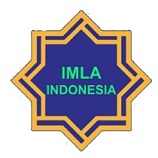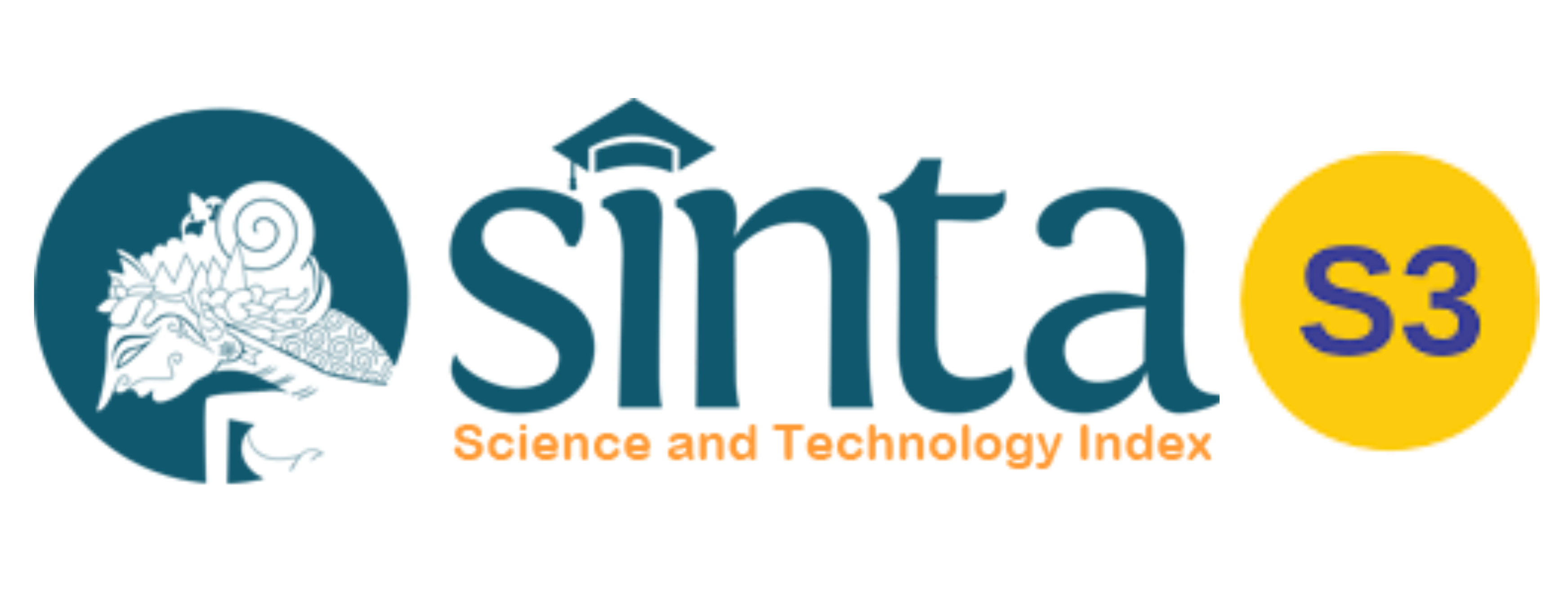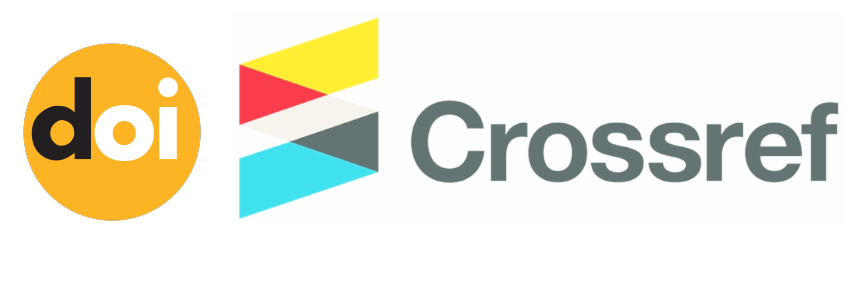Strategy and Quality of Translation of Nusantara Culinary Terms from Indonesian into Arabic
Abstract
The development of the Nusantara culinary industry throughout the world shows that Nusantara culinary products are a prospective business opportunity. The presence of Nusantara culinary as a business opportunity in the world requires an understanding of culinary terms in promoting Nusantara culinary terms. One of the areas that makes Nusantara culinary a culinary business opportunity is the Middle East region. The massive use of Arabic in the Middle East requires the equivalent of Nusantara culinary terms in Arabic as well. This requires a translation process between Indonesian and Arabic. This study describes the strategy of translating Indonesian-Arabic Nusantara culinary terms. Data were collected from various corpus of data in the form of 3 Indonesian-Arabic dictionaries and 1 internet page source. The findings of the translation strategy are in the form of 204 data on the translation of three types of Indonesian-Arabic Nusantara culinary terms. The findings of the syntactic strategy there are 4 types of syntactic translation strategies applied, namely literal translation of 17 (8.5%) data, 17 (8.5%), borrowing of 17 (8.5%), unit shifting 160 (80%), and changing the phrase structure 6 (3%) data. There is only one type of semantic strategy application, namely hyponyms as much as 82 (40%) data. The implementation of the pragmatic strategy found two strategies, namely cultural filtering of 11 (5.4%) data and changing of information as much as 8 (3.9%) data. The results of the assessment of the quality of the translation of the Nusantara culinary term obtained a level of accuracy that is less accurate, acceptability is less acceptable, and legibility is legible.
Keywords
Full Text:
PDFReferences
Al Farisi, M. Zaka. 2011. Pedoman Penerjemahan Arab Indonesia. Bandung: Remaja Rosdakarya. Alkalali, Asad M. 1982. Kamus Indonesia-Arab. Jakarta: Bulan Bintang. Andriani, Dewi. “Kuliner Indonesia, Potensi Masakan Nusantara”, https://entrepreneur.bisnis.com/read/20130822/263/158136/kuliner-indonesia-potensi-masakan-nusantara-di-pasar-dunia, 24 Agustus 2021. Annisaa, Istiqomah. 2016. Strategi Penerjemahan dan Kualitas Terjemahan Pada Teks Terjemahan Piagam Madinah, skripsi pada Universitas Sebelas Maret. Bisri, Adib dan Fattah, A. Munawwir. 1999. Kamus Indonesia-Arab dan Arab-Indonesia. Surabaya: Pustaka Progressif. Bobokoindo, https://www.facebook.com/ bobokoindo/, 1 Juni 2021. Catford, J.C. 1965. A Linguistic Theory of Translation. London: Oxford University Press. Chesterman, Andrew. 2016. Memes of Translation: The Spread of Ideas in Translation Theory. Amsterdam/Philadelphia: John Benjamins Publishing Company. Dhaif, Syauqi. 2011. Al-Mu’jam al-Wasith. Kairo: Maktabah Shurouq ad Dauliyyah. Fitrisia, Dohra., Sibarani, Robert., & Ritonga, Mara Untung. 2018. Traditional food in the perspective of culinary linguistics. International Journal of Multidisciplinary Research and Development, 5(2), 24-27. Gardjito, Murdijati. 2017. Profil Struktur, Bumbu, dan Bahan dalam Kuliner Indonesia. Yogyakarta: Gadjah Mada University Press. Gerhardt, Cornelia., Frobenius, Maximiliane., dan Ley, Susanne. 2013. Culinary Linguistics; The chef's special. Amsterdam: John Benjamins Publishing Company. Kesuma, Tri Mastoyo Jati. 2007. Pengantar (Metode) Penelitian Bahasa. Yogyakarta: Carasvatibooks. Komarayanti, Sawitri., Suharso, Wiwik., dan Herrianto, Elfien. (2018). Business of Local Fruit and Vegetables in Jember District as a Support of Food Security, Indonesia. Budapest International Research and Critics Institute-Journal (BIRCI-Journal) Vol I (3), 208-224. Miles, Matthew B dan Huberman, A. Michael. 1994. Qualitative Data Analysis. Sage Publication. Moleong, Lexy J. 2017. Metodologi Penelitian Kualitatif. Bandung: Remaja Rosdakarya. Munawwir, Ahmad Warson dan Fairuz, Muhammad. 2007. Kamus Al-Munawwir Indonesia-Arab. Surabaya: Pustaka Progressif. Nababan, Mangatur., Nuraeni, Ardiana., dan Suamrdiono. 2012. “Pengembangan Model Penilaian Kualitas Terjemahan”. Kajian Linguistik dan Sastra. 24(1): 39-57. Nawawi, Hadari. dan Hadari, M. Martini. 2006. Instrumen Penelitian Bidang Sosial. Yogyakarta: Gadjah Mada University Press. Nurti, Yevita. 2017. Kajian Makanan dalam Perspektif Antropologi. Jurnal Antropologi: isu-isu sosial budaya, 19(1), 1-10. Subhan, Regi Fajar. 2016. Strategi Penerjemahan Bahasa Indonesia ke dalam Bahasa Arab pada Teks Kemasan Produk Makanan Ringan. Skripsi. Jakarta: Universitas Islam Negeri Syarif Hidayatullah. Sugono, Dendy. 2008. Kamus Bahasa Indonesia. Jakarta: Pusat Bahasa Departemen Pendidikan Nasional. Suryawinata, Zuhcridin dan Hariyanto, Sugeng. 2016. Translation: Bahasan Teori & Penuntun Praktis Menerjemahkan. Yogyakarta: Media Nusa Creative. Utami, Sri. 2018. “Kuliner Sebagai Identitas Budaya: Perspektif Komunikasi Lintas Budaya”. CoverAge: Journal of Strategic Communication. 8 (2): 36-44. Wishnia, Kenneth. 1995. “Ideology, Orality and Colonization: The Translation of Josẻ de la Cuadra’s Los Sangurimas (1934)” dalam Meta: Journal des Traducteur/Meta: Translators’ Journal. XL, No.1 hal. 24-30.
DOI: https://doi.org/10.20961/cmes.15.1.55004
Refbacks
- There are currently no refbacks.
Copyright (c) 2022 Jurnal CMES

This work is licensed under a Creative Commons Attribution-ShareAlike 4.0 International License.
| Copyright of CMES ISSN 2085-563X (print) and ISSN 2502-1044 (online) CMES Journal is licensed under a Creative Commons Attribution-ShareAlike 4.0 International License. | CMES (Center of Middle Eastern Studies) Print ISSN: 2085-563X Online ISSN: 2502-1044 Website: https://jurnal.uns.ac.id/cmes/index Email: cmes@mail.uns.ac.id Published by: Universitas Sebelas Maret Office: Department of Arabic Literature, Faculty of Cultural Science, Universitas Sebelas Maret Ir. Sutami Street, No. 36A, Surakarta, Jawa Tengah 57126 Phone: +62 822-4000-2313 |















